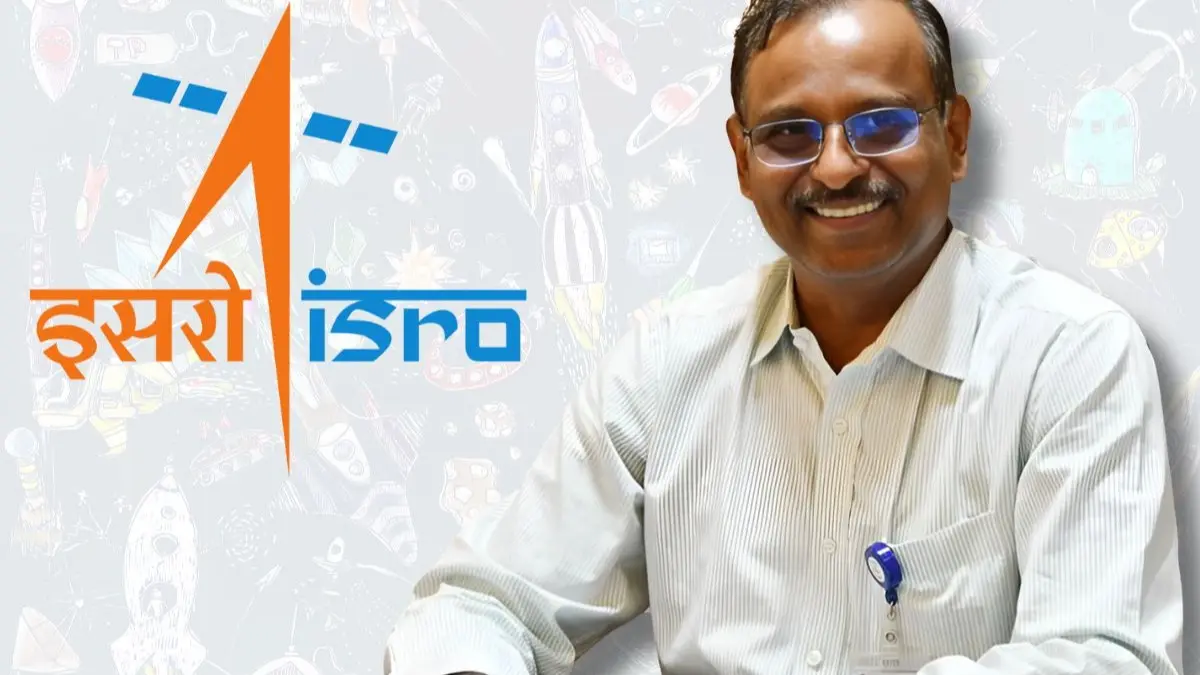Updated 17 March 2025 at 16:27 IST
India To Send 250-Kg Rover On Moon As Chandrayaan 5 Sets Sight On Lunar Surface
Government of India approved the Chandrayaan-5 mission, in collaboration with Japan Space Agency JAXA, which will carry 250kg Rover to study the Lunar surface.
- Science News
- 3 min read

New Delhi: The Central Government of India recently approved the Chandrayaan-5 mission in collaboration with Japan Space Agency JAXA to study the Lunar surface. In this regard, ISRO Chairman V Narayanan stated that the Chandrayaan-5 Mission will carry a 250-kg rover as compared to the 25kg Pragyaan rover in chandrayaan-3 mission which made significant discoveries about Lunar surface temperature and surface elements.
The 250kg rover of the Chandrayaan-5 aims to carry out in-depth surface analysis, extended operational duration, and the potential for sample-return technology demonstration. A Planetary Rover is a robotic surface exploration device which is designed to move on a rough terrain of the planet. They are significant as they can make discoveries about the planet through data collection and remote scientific investigation.
The Chandrayaan missions are a series of lunar exploration projects of the Indian Space Research Organisation (ISRO), which comprises a series of lunar missions, including the completed Chandrayaan-1, Chandrayaan-2, and Chandrayaan-3 missions, with Chandrayaan-4 and Chandrayaan-5 missions currently in the planning stage.
Advertisement
Chandrayaan-1 (2008): The inaugural mission successfully mapped the Moon's chemical compositions, minerals, and photo-geological features. It made significant discoveries, such as detecting water and hydroxyl on the lunar surface and confirming the presence of ice in the North Polar region.
Chandrayaan-2 (2019): The project began in 2007 with an agreement between India’s space agency ISRO and Russia’s ROSCOSMOS for mutual cooperation. However, the mission was postponed in January 2013 and rescheduled to 2016 as Russia was unable to develop the lander on time. Later, after Russia’s withdrawal, India decided to develop the lunar mission independently. The mission faced a setback with the crash landing of its lander and rover. However, it successfully completed its orbiter mission when it shared hundreds of lunar high resolution images with valuable data, including the discovery of water signatures across all latitudes.
Advertisement
Chandrayaan-3 (2023): Mission was successful as the Vikram Lander along with Pragyan Rover soft landed near the Lunar South pole at Shiv Shakti Point. It navigated the Lunar surface, conducted elemental analysis and confirmed the findings about Lunar surface temperature and Surface elements.
Chandrayaan-4 (2027): Approved in 2023, mission aims to demonstrate docking and undocking manoeuvres in the Lunar orbit, collect samples from the Lunar surface, showcase sample transfer between different lunar modules and bring them back safely to Earth.
Chandrayaan-5/LuPEX: Recently approved by the Indian government, this collaborative mission with Japan Space Agency JAXA, also called LuPEX (Lunar Polar Exploration Mission), promises enhanced scientific capabilities towards understanding the moon and paving the way for future human exploration. The 250kg Rover of Chandrayaan-5 aims to carry out in-depth surface analysis, extended operational duration, and the potential for sample-return technology demonstration.
The Chandrayaan missions aim to promote India's presence in space exploration, advance scientific knowledge, and demonstrate technological capabilities.
Published By : Kushika Madan
Published On: 17 March 2025 at 16:27 IST
